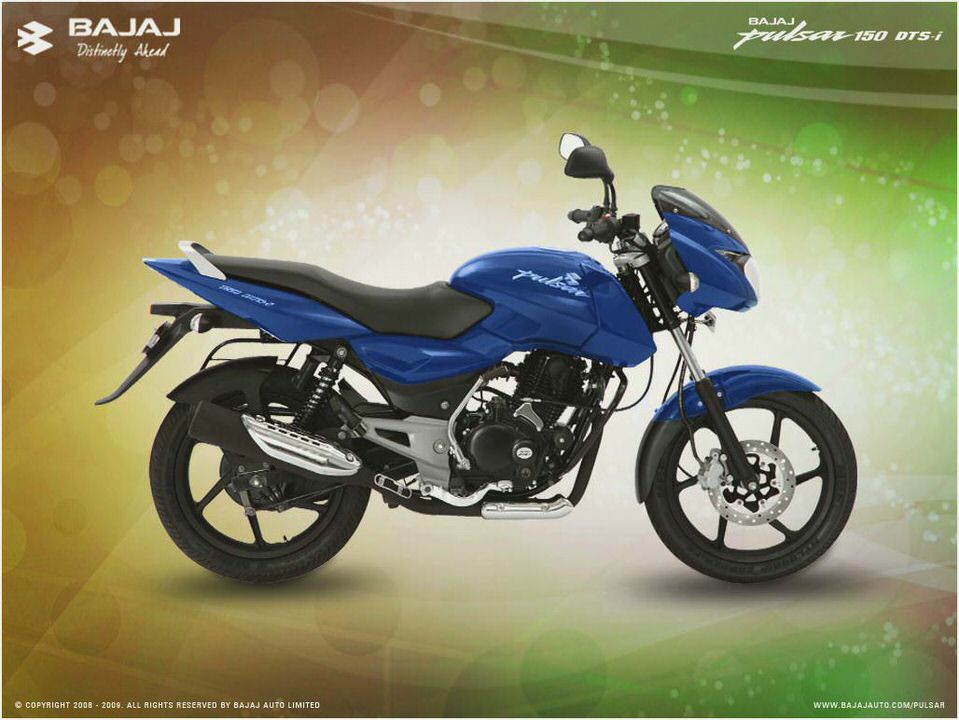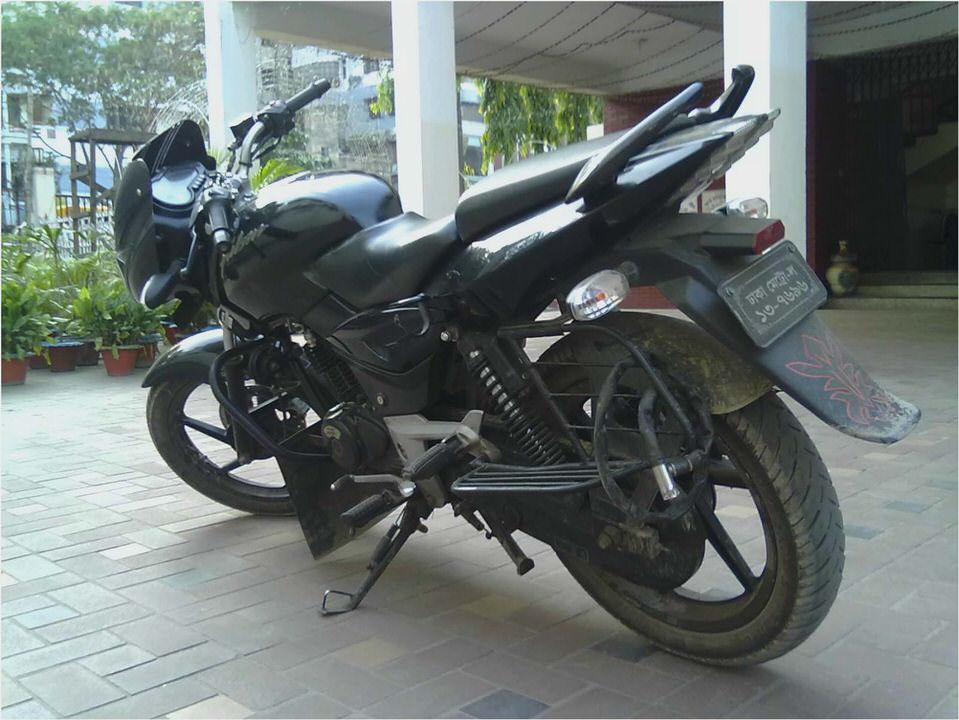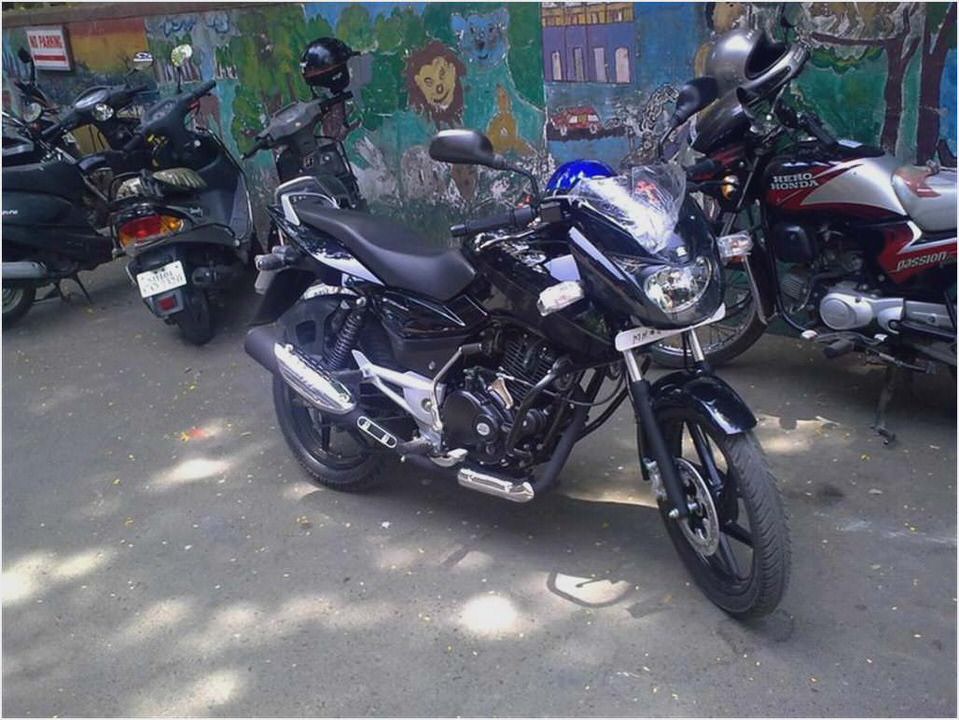
Ayush Upadhyay asks.
Pulsar is a brand name synonymous with the performance biking scene in India. It created a cult right from when it was launched. Bajaj has been the only Indian manufacturer who has constantly strived to truly offer an upgrade to its models by not only changing the looks but also increasing performance and offering better technology.
We take a look at how the Pulsar has evolved from 2001 to 2013.
Pulsar Classic (2001 – 2002)
The Pulsar 150 and 180 were showcased at the Auto Expo before their launch and garnered massive attention with it true blue streetfighter styling. This was a time when the Indian motorcycling enthusiast was aspiring for a true performance bike and Bajaj offered just that.
The first generation Pulsar was a runaway success. It introduced performance when fuel economy was still a prime criterion for a motorcycle purchase. The Pulsar 150 then, made 11.8 Bhp and the 180 made 14.8 Bhp of peak power.
Vibrations and refinement was still a cause of concern though.
Pulsar UG 1 (2002 – 2 004)
By this time Pulsars were the first choice of many. And after 2 years of its launch, Bajaj offered its first upgrade. Bajaj introduced their revolutionary DTS-i technology, using two spark plugs for better combustion and power. A technology that was even uncommon in superbikes.
A noticeable fact was that Bajaj highlighted their bikes by displaying outright performance. Remember the advert in which a red Pulsar DTS-i overtook a blue Pulsar classic with a wheelie and then followed by a stoppie?
The Pulsar managed to sell in huge volumes and this was the beginning of the stunt riding scene in India. The UG1 (1 st upgrade) brought along a bikini fairing and an increased power output of 12.82 Bhp for the 150 and 15.78 Bhp for the 180. While the competition was busy upgrading decals back then.
Pulsar UG 2 (2004 – 2006)
The second upgrade took styling to a new level. Both Pulsars got shodded with 17 inch alloy wheels, Nitrox gas-charged rear suspension and ExhausTEC technology which gave the Pulsars a throaty exhaust note. Broader rear tyre and a tyre hugger were added and the all black styling made its first appearance on the P180.
Power was bumped up to 13.3 Bhp for the 150 and 16.3 Bhp for the 180.
Pulsar UG 3 (2006 – 2007)
By this time Bajaj was beaming with 1 million on the roads. The 3 rd upgrade saw a substantial change in the Pulsars. Futuristic styling was taken to whole new level.
Slash-cut panels, a black mask like shroud over the headlamp with the menacing look of the pilot lamps gave the front, a phantom like appearance.
Bajaj introduced a digital speedometer, back-lit switches, self cancelling indicators and LED tail lamps on the Pulsars and most of these were a segment first. Power too was bumped up to 13.8 Bhp for the P150.

Pulsar 200 DTS-i Pulsar 220 DTS-Fi launched (2007 – 2009)
There was another bike, by Bajaj’s main rival, Hero Honda with a 223cc Karizma. This bike was still out of reach for Pulsar owners when it came to outright speed, refinement and power. Bajaj needed to better this bike too and this is the time when they launched the Pulsar 200 DTS-i and Pulsar 220 with fuel-injection.
The P200 carried on with the same basic styling as the P150 and P180 but with added bits like split-seats, angular tank shroud, thicker front forks, oil-cooler and a sporty looking exhaust muffler. It produced 17.8 Bhp of peak power.
The P220 Fi was unlike any other Pulsar due to the addition of a half-fairing which housed projector headlamps and the overall look of a bigger bike. Apart from similar additions as the P200, the 220 also received both front and rear disc brakes and clip-on handle bars.
Pulsar UG 4 (2009 – 2011)
This was a time when a host of other manufacturers were coming up with attractively priced competitive products and the attention that the Pulsars once enjoyed was somewhat dwindling. Bajaj however, was still unfazed and continued to hold nearly half the market share in this segment.
The fourth upgrade saw the P150 getting clip-on handle bars and 14.8 Bhp of power and the P180 got 16.8 Bhp of power along with split seats, only self-start – no kick, thicker forks and the swingarm from the P200 and split grab rails.
Later that year, Bajaj discontinued the Pulsar 200 and introduced a carbureted P220 touted as the fastest Indian.
Pulsar 135LS
Bajaj also launched the smallest Pulsar in its line-up the 135LS (Light Sport). It was the first bike in India with 4-valve DTS-i technology and radically different styling than the usual Pulsars hinted at a new bike in the future.

- New 2012 Bajaj Discover 125 ST (Sports Tourer) Price, Review
- Bajaj Discover Bajaj Discover Price India Bajaj Discover Reviews …
- Bajaj Discover 100M Review, Specifications, Price, Pics and other Details…
- Bajaj Avenger 220cc DTSi Review
- Bajaj Discover 125 T Price List and Mileage – Price In India

